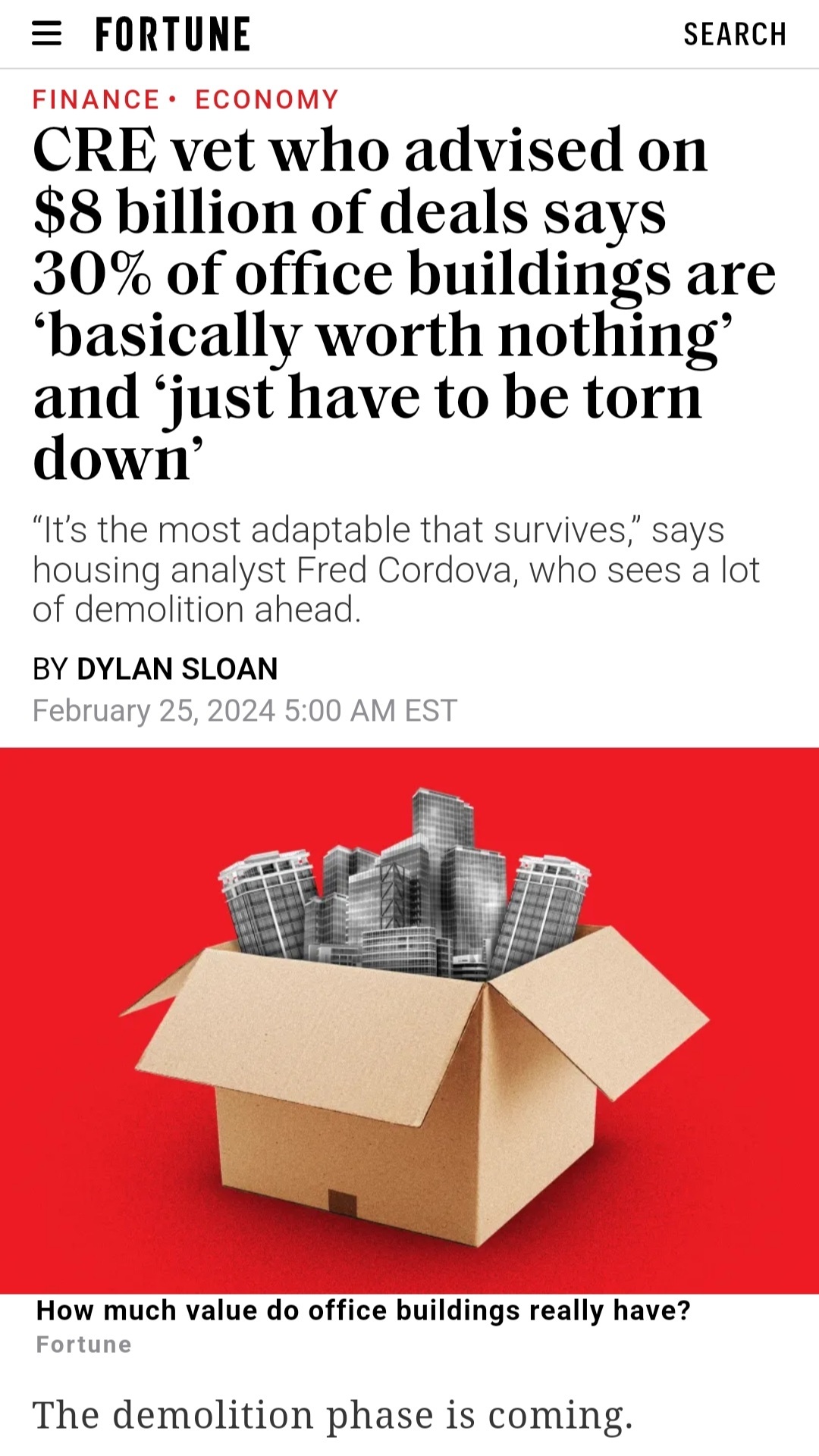this post was submitted on 27 Feb 2024
101 points (100.0% liked)
traingang
22598 readers
74 users here now
Post as many train pictures as possible.
All about urbanism and transportation, including freight transportation.
Home of train gang
:arm-L::train-shining::arm-R:
Talk about supply chain issues here!
List of cool books and videos about urbanism, transit, and other cool things
Titles must be informative. Please do not title your post "lmao" or use the tired "_____ challenge" format.
Archive links for reactionary sites, including the BBC.
LANDLORDS COWER IN FEAR OF MAOTRAIN
"that train pic is too powerful lmao" - u/Cadende
founded 4 years ago
MODERATORS
you are viewing a single comment's thread
view the rest of the comments
view the rest of the comments

They're not quite at acceptance yet. This is the next phase, but what's really going to make them shit their pants is the realization that, for housing, it'll still be cheaper and more effective to spread density more broadly than to replace their million square foot office buildings with million square foot residential buildings. Those offices only got so big because of the value of those workers being close together (for a variety of reasons). Without the need for those workers to be that close together, there's no reason that people would pay the necessary prices to live in the downtown cores where those buildings are. Even though some people will still work in the remaining buildings, and some of them would prefer to live close to where they work, they're not going to pay the same exorbitant prices when in most places they could live a little further away and get much more for their money.
What we are seeing is a permanent, structural drop in the demand for dense commercial real estate, which will have cascading effects on the demand for all types of real estate in these dense urban environments. The demand for premium office space in the core was the primary driver of the rest of the activity. Workers no longer need to be in those offices, so companies will pay less for them and take up less space. That means fewer people in these areas, which means less demand for retail and services, which means even fewer people. If there are fewer jobs, services, and amenities in these downtown cores, then there are fewer reasons to pay top dollar to live there. With the cost of building high-rise residential, it might end up being that there's no reason for that kind of density to exist at all. I'm sure there will be some projects in some places where the economics work out, but the overall trend will probably be to spread density and activity out, rather than try to put everything on top of everything else.
The urbanization-for-its-own-sake YIMBY weirdos who want everyone to live in an anime cyberpunk dystopia are going to be malding and seething for years to come. Or they'll snap out of it and become 15-minute city people and somehow be annoying about that, but progress is progress.